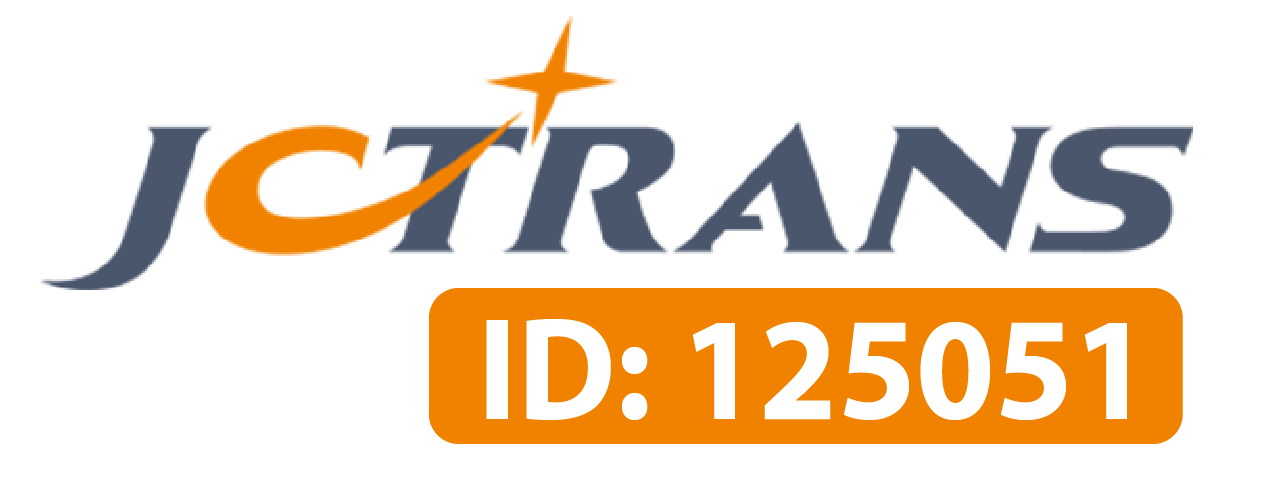
Custom clearance in the UK is a critical process that ensures goods entering or leaving the country comply with all regulatory requirements. This involves the submission of various documents and the payment of duties, taxes, and other charges. Efficient custom clearance ensures that goods move smoothly across borders, avoiding delays and additional costs. In this guide, we will explore the ins and outs of custom clearance in the UK, providing valuable insights and practical tips for importers and exporters.
Navigating the complexities of custom clearance can be challenging, which is why many businesses choose to work with a custom clearance agent in the UK. These professionals have the expertise and knowledge to handle the intricate paperwork and regulatory requirements, ensuring compliance and facilitating a swift clearance process. A good custom clearance agent can save businesses time, reduce the risk of errors, and help avoid costly delays and penalties.
Custom clearance agents provide several essential services, including:
The custom clearance process in the UK involves several key steps:
Despite the structured process, several challenges can arise during custom clearance in the UK:

Proper documentation is vital for smooth custom clearance. The key documents typically required include:
The UK has several key locations where custom clearance can take place, including major ports, airports, and inland clearance depots:
Each location has specific procedures and facilities to handle different types of cargo. Ports typically handle bulk goods, while airports are suited for time-sensitive and high-value shipments. Inland clearance depots provide flexibility for businesses located away from coastal areas.
To ensure a smooth import and export process, consider the following tips:
Hiring a custom clearance agent in the UK can significantly simplify the clearance process. These professionals offer a range of services, including:
When choosing a custom clearance agent, consider their experience, expertise, and reputation. Look for agents with a proven track record of handling similar types of shipments and navigating the specific requirements of your industry.
Choosing the right custom clearance service provider is crucial for ensuring a smooth and efficient process. Consider the following factors when making your selection:
Custom clearance in the UK is a critical aspect of international trade, requiring careful attention to detail and compliance with regulatory requirements. By understanding the process, preparing the necessary documentation, and working with a reputable custom clearance agent, businesses can ensure a smooth and efficient clearance process. Staying informed about current regulations and leveraging professional services can help mitigate challenges and facilitate the seamless movement of goods across borders.
The effective custom clearance is essential for maintaining the flow of goods in and out of the UK. By following the guidelines and tips outlined in this guide, businesses can navigate the complexities of the custom clearance process with confidence, ensuring compliance, minimizing delays, and optimizing their international trade operations.
Imagine a world where shipping is effortless and precise with automatic tracking. Experience seamless logistics with Empire Trading, your go-to provider for all your shipping needs!

Copyright © 2025 EMPIRE TRADING. All Rights Reserved.